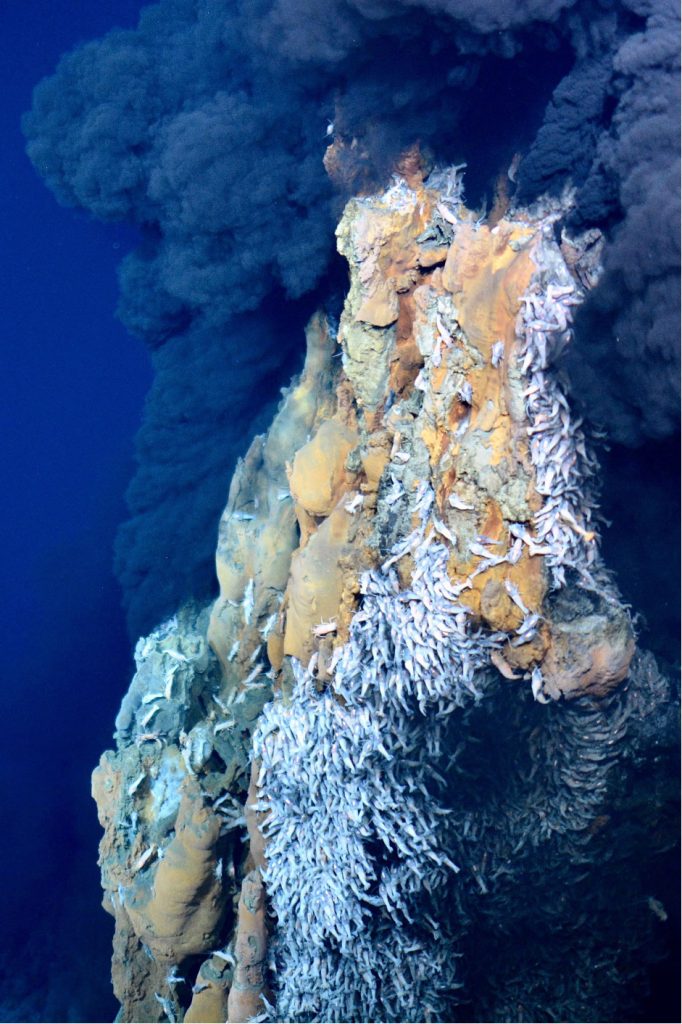Hydrothermal Mercury – the natural story of a contaminant
An international team of researchers, coordinated by CNRS, has established the first global estimate of hydrothermal mercury (Hg) emissions from mid ocean ridges. The UNEP Minamata Convention on Mercury aims to reduce human exposure to toxic Hg through the reduction of anthropogenic emissions. We are primarily exposed via the consumption of fish that bioaccumulate Hg from the ocean. The current paradigm is that anthropogenic Hg emissions (present-day 3,100 t y-1) have increased the global oceanic Hg reservoir by 21%. This estimate is flawed because we do not know how much natural Hg resided in the ocean before anthropogenic emissions started. We are similarly unable to quantify how anthropogenic emissions have affected fish Hg levels.
Hydrothermal venting is the only direct source of natural Hg to the ocean. Previous studies, based on vent fluid measurements alone, suggested that hydrothermal Hg inputs could range from 20 and 2,000 t y-1.
The new study used measurements of vent fluids, plume, sea water and rock cores from the Trans-Atlantic Geotraverse (TAG) hydrothermal vent at the Mid-Atlantic ridge. Samples were collected during dedicated GEOTRACES and IODP cruises. The combined observations suggest that the majority of the Hg enriched in the vent fluids is diluted into sea water and a small fraction is scavenged locally. An extrapolation of the results suggests that the global hydrothermal Hg flux from mid ocean ridges is small (1.5 – 65 t y-1) compared to anthropogenic Hg missions. While this suggests that most of the Hg present in the ocean is of anthropogenic origin, it also gives hope that the strict implementation emission reductions in the framework of the Minamata Convention will reduce fish Hg levels and human exposure.

Reference:
Torres-Rodriguez, N., Yuan, J., Petersen, S. et al. Mercury fluxes from hydrothermal venting at mid-ocean ridges constrained by measurements. Nat. Geosci. (2023). Access the paper: https://www.nature.com/articles/s41561-023-01341-w
